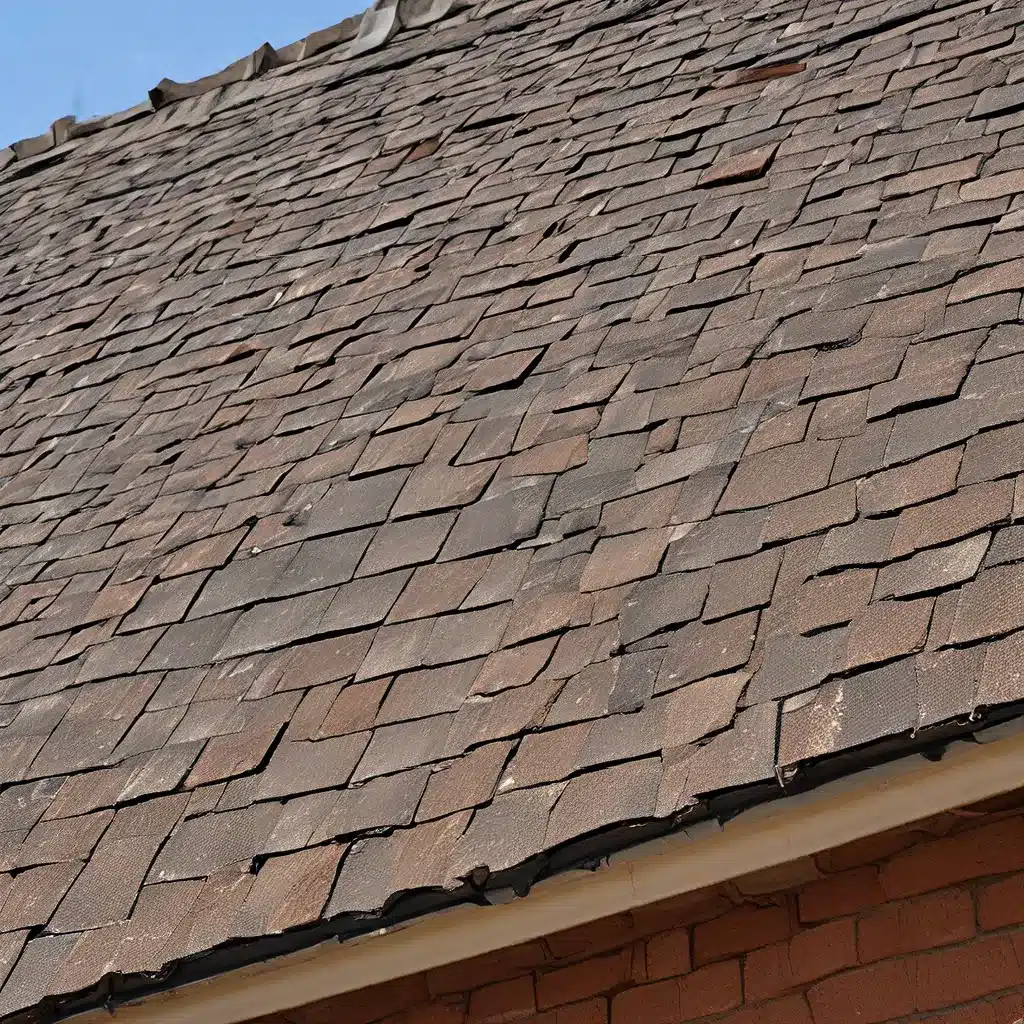
As a homeowner in the South, I know all too well the challenges we face when it comes to our roofs. The relentless heat, intense rainfall, and unpredictable storms can wreak havoc on even the most meticulously maintained roofing systems. But one of the most critical – yet often overlooked – aspects of keeping our homes dry and secure is roof flashing and sealing.
Understanding Roof Flashing
Roof flashing is a thin, malleable material – usually made of metal, plastic, or rubberized asphalt – that is strategically placed along the joints and edges of our roofs. Its primary function is to divert water away from vulnerable areas and prevent it from seeping into our homes. Think of it as the first line of defense against leaks.
Proper flashing installation is crucial, as even the slightest gap or crack can allow water to penetrate. Unfortunately, as our roofs age, the flashing can become worn, cracked, or loose, compromising its effectiveness. And in a region like the South, where extreme weather is the norm, flashing failures are all too common.
The Importance of Roof Sealing
Complementing the role of flashing is roof sealing, a process that involves applying specialized coatings or sealants to the entire roof surface. These products create a water-resistant barrier that helps to prevent leaks, while also protecting the underlying roofing materials from the harsh elements.
Southern Roofing Company explains that roof sealants come in a variety of forms, including silicone, acrylic, and asphalt-based varieties. Each type has its own unique properties and is suited for different roofing materials and environmental conditions.
One of the key benefits of roof sealing is its ability to extend the life of your roof. By creating a protective layer, sealants can help to prevent premature deterioration and delay the need for costly roof replacements. This is especially valuable in the South, where the intense sun and frequent storms can take a heavy toll on our roofs over time.
Identifying Common Roof Flashing and Sealing Issues
As I mentioned, the South’s climate can be particularly tough on our roofs, and it’s not uncommon to encounter a range of flashing and sealing-related problems. Here are some of the most common issues I’ve seen in my own home and in my discussions with other local homeowners:
Cracked Sealant
Over time, the sealant around roof flashings, skylights, and other penetrations can become dry, cracked, and brittle, leading to leaks and water damage. This is often the result of improper application, inadequate surface preparation, or excessive joint movement.
Loose or Worn Flashing
The harsh environmental conditions in the South can cause roof flashing to become loose, corroded, or worn, compromising its ability to effectively redirect water. This is especially common around chimneys, vents, and other roof features.
Clogged Drains, Gutters, and Downspouts
When drainage pathways become obstructed with leaves, dirt, and debris, it can lead to a buildup of standing water on the roof. This added weight can accelerate the deterioration of roofing materials and increase the risk of leaks.
Algae and Vegetation Growth
The warm, humid climate of the South provides the perfect breeding ground for unwanted vegetation and algae growth on our roofs. Not only can this contribute to clogged drainage systems, but it can also damage the roofing materials themselves.
Improper Repairs
Sometimes, well-intentioned homeowners or inexperienced contractors can make mistakes during roof repairs, leading to additional problems down the line. This can include the use of incompatible materials or improper installation techniques.
Proactive Maintenance and Prevention
The good news is that with proper maintenance and preventive measures, we can effectively address these common roof flashing and sealing issues before they become major problems. Here are some tips I’ve learned from the experts:
Regular Roof Inspections
One of the best ways to stay ahead of potential leaks and other roof troubles is to schedule regular professional inspections. A qualified roofer can identify any weak points in the flashing or sealant and recommend appropriate repairs or replacements before small issues turn into big headaches.
Timely Repairs and Replacements
When issues are detected, it’s crucial to act quickly. Delaying necessary repairs can allow problems to worsen and lead to more extensive (and expensive) damage. Addressing flashing and sealing problems as soon as possible is key to maintaining a healthy, leak-free roof.
Preventive Maintenance
In addition to reactive repairs, proactive maintenance is essential for keeping our roofs in top shape. This includes regularly cleaning gutters and downspouts, trimming overhanging trees, and applying fresh sealant as needed.
Choosing the Right Products and Contractors
When it’s time to replace or repair your roof’s flashing and sealant, be sure to work with experienced, licensed contractors who use high-quality, manufacturer-approved materials. Cutting corners on products or workmanship can lead to future problems.
The Cost of Neglect
I know it can be tempting to put off routine roof maintenance, especially when funds are tight. But the truth is, neglecting your roof’s flashing and sealing can end up costing you far more in the long run.
Unaddressed leaks can lead to water damage, mold growth, and structural issues that require extensive (and expensive) remediation. And a failing roof can even jeopardize the entire value of your home. It’s simply not worth the risk.
Embracing a Proactive Approach
As a homeowner in the South, I’ve learned that when it comes to our roofs, an ounce of prevention is truly worth a pound of cure. By staying vigilant with regular inspections, timely repairs, and proven preventive measures, we can keep our homes dry, safe, and protected from the elements for years to come.
So, let’s embrace a proactive approach to roof flashing and sealing. With a little bit of diligence and the right expertise on our side, we can rest easy knowing that our most valuable investment – our homes – are safeguarded against the unique challenges of life in the South.